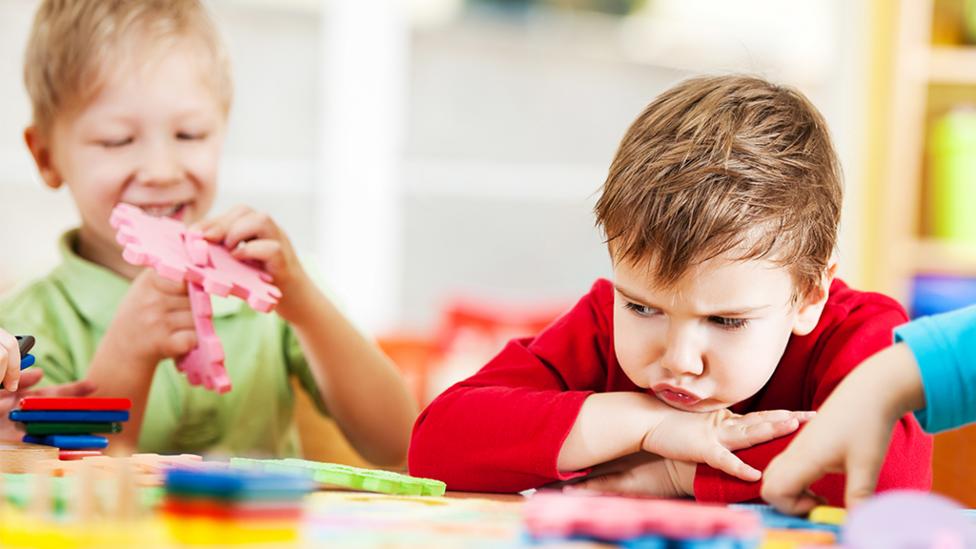Help your child cope with their feelings
Helping children recognise and understand their emotions is an important part of supporting their development. For a young child, every day brings new experiences and challenges, and there’s a lot you can do to help them understand the feelings that come along with those. These practical ideas from Feeling Better could help your child cope whether they’re feeling angry, worked up or just overexcited…

����
Use up frustrated energy
When difficult feelings build up, children can get a sudden burst of energy. It’s important to give them an outlet for all this ‘frustrated’ energy – finding a safe way to express it should help them to feel calmer. Exercise can be an excellent way to do this!
Try this: Encourage your child to use up their frustrated energy by doing some star jumps, stomping, dancing or even some clapping. Give them a short burst of time to use up as much energy as they can. Check out our��ideas for getting active with your little ones.
����
Encourage mindfulness and create breathing space
When children get upset, their breathing can become sharp and erratic, which can make those difficult emotions feel even worse. Encourage children to be mindful, bringing their attention to the moment, helping them relax and calm down.
Try this:��Take a few deep breaths together, in through the nose and exhaling slowly out through the mouth. Ask them to put their hand on their tummy and feel it rise and fall as they breathe. Repeat this until they feel calmer and more in control. You could use our breathing visualiser to help with this.
����
Get creative
Sometimes it can be hard for children to put their feelings into words, especially when they’re only just able to talk. A creative task can often be a very therapeutic way of helping them express their feelings. Drawing, painting and colouring can all provide an outlet for your child’s emotions.
Try this: If your child is feeling worried, upset or overexcited, ask them to draw what they think that feeling might look like. This is a great way to get them to visualise how they feel, and can help them process any strong emotions. If you're out and about, or don't have art supplies handy, you could use one of our mess-free��Make a Picture��games.
����
Make some noise
Sometimes it just helps to verbalise how you’re feeling, but this can be difficult for young children. Instead allow them to vent by shouting, singing loudly, or just making some noise! This can help them to express their feelings and release any frustrations.
��
��
Try this: Ask the child to take a deep breath in. Then, when they breathe out, get them to make a noise to expel some of their frustration, anger or worry!
����
Label your feelings
Don’t feel that you need to protect children from all unhappiness – it’s important they have your support in order to experience and handle��a range of emotions. Commentating on your own feelings day to day can be a great way of helping children to label and understand feelings.
Try this:��Try making a feelings mask together. This creative activity is a good way to encourage little ones to recognise and talk about their feelings.
����
Don’t forget to congratulate children when they’ve opened up about their feelings or done something to help themselves feel better. Ask how they felt before the activity compared to afterwards. This helps to reinforce what’s worked well and remind children of the things they can do to soothe themselves.��
��
��
��
��
��
Explore more ways to manage emotions for you and your little ones: